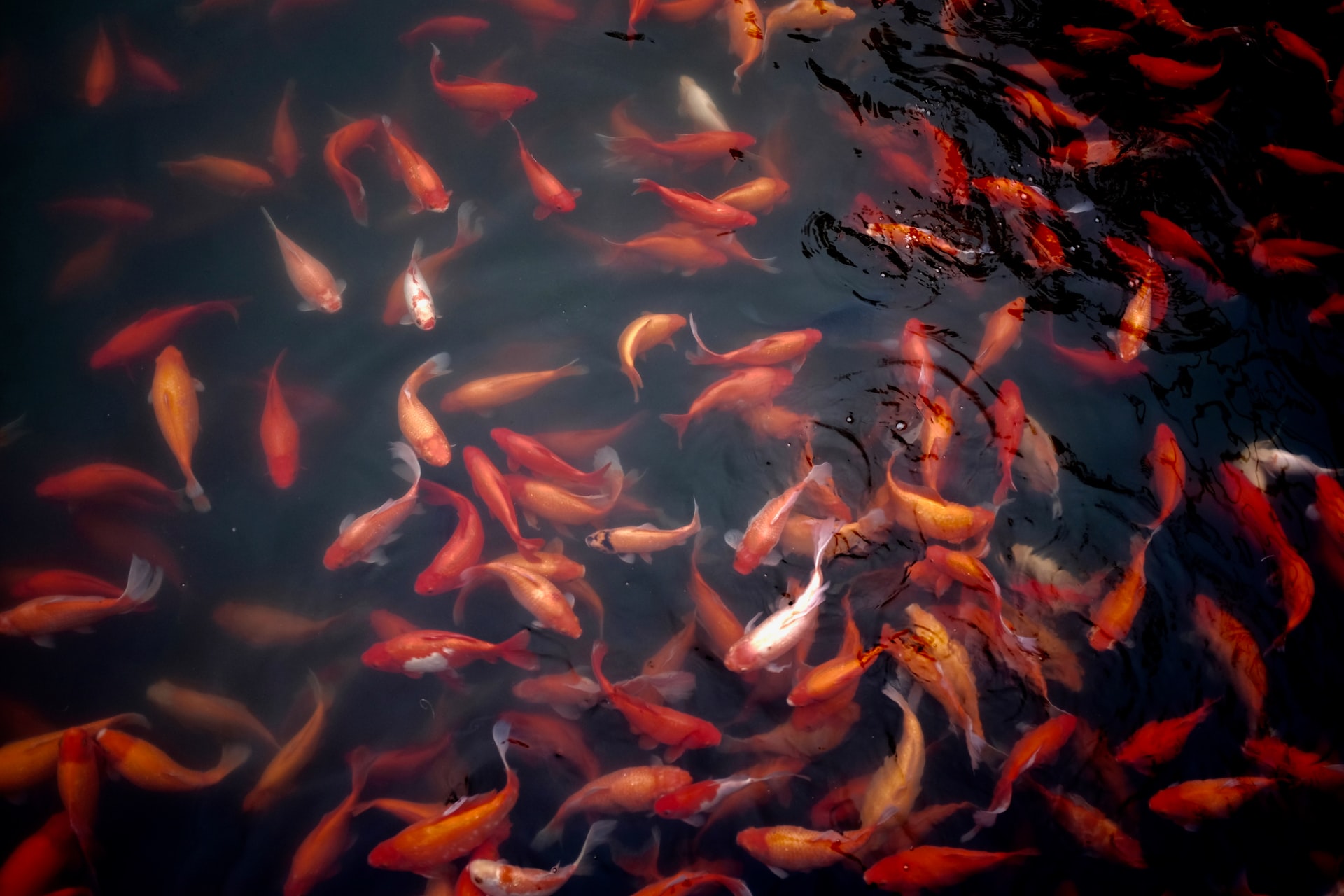Most gardeners have heard of hydroponics, but probably not as many have heard of aquaponics. There’s always a search to find something more sustainable in the gardening world. Anytime you can take two jobs and turn them into one, gardeners and homesteaders get excited. Aquaponics is kind of like raising fish and growing lettuce and mashing them into an even more sustainable and efficient system.
What is aquaponics?
Aquaponics is a type of closed food production system that marries raising aquatic animals with hydroponics. There is a tank for fish where a pipe and pump move the water from the fish tank to a solid waste filter. The water is transported to the growing container from the filter, where a medium like clay pebbles is used to grow plants. Once the plant container has used the water, it flows back down into the fish tank.
There are endless ways this simple system can be changed and modified. A few minutes on YouTube will showcase just how creative people have gotten with aquaponics systems.
What are the benefits of aquaponics?
A few of the major advantages are that growers use 1/6th of the water that traditional gardens use, the fertilizer from the fish is all natural, it’s a highly productive way to grow, and you’re growing both plant food and protein. Also, both the fish and the plants are free of harsh chemicals such as pesticides, herbicides, hormones, and antibiotics. Aquaponics requires less time than conventional fishkeeping because the plants do some of the cleaning work for you, and the fish clean and fertilize the plants.
These systems are healthier ways to grow food sources, but they are also better for the environment. You are using less water, fewer chemicals, and less space than other fish or plant systems. When you eliminate the use of soil, you don’t have to worry about soil-borne illnesses killing or stunting the plants.
Three types of aquaponic setups
As we said before, growers have been creative in designing and building unique and exciting ways to craft aquaponic systems. By reusing old materials, upcycling fish tanks, and getting innovative with PVC pipes, gardeners across the U.S. have used one of the three main types of aquaponic systems to inspire their fun designs.
Deep water culture
Also known as raft-based growing, deep water culture might be the simplest of the three types. Here growers use materials like foam to float the plant on top of the channel the water will be flowing through. The roots hang down to reach the water that has been pumped from the fish tank. This is also the most popular solution for commercial setups.
Nutrient film
To save on space, growers can use the nutrient film setup, which utilizes PVC pipes drilled with holes where the roots of the plants will dangle into the water. The water is pumped from the fish tank and flows through this pipe. These pipes can be constructed vertically up walls or hung from the ceiling. However, plants that need support won’t do well with this setup — so it’s best used for plants such as lettuce or herbs.
Media bed
Like a hydroponic system, a media bed setup uses media such as clay pebbles to grow the roots of the plants. The water is pumped from the fish tank and flows through the media bed. The roots then grow and reach for the nutrients within the water, which is then flushed back into the fish tank. This method is the most common among hobby growers.
The best plants for aquaponics
For first-time aquaponic growers, it’s best to go with an easy group of plants. For example, basil, kale, lettuce, mint, and watercress are all good options. Even for a basic and first-time setup, you’re likely to see success with these plants.
Once your system is established, and you have a better idea of how everything works, it might be time to graduate to other plants that grow well in an aquaponic system. These plants also do better in a more populated system. Plants like beans, cabbage, cauliflower, cucumbers, squash, tomatoes, peas, peppers, and strawberries can grow fantastic fruit within an aquaponic system.
The best fish for aquaponics
In addition to plants, you’ll need a supply of fish to complete the aquaponics setup. Although it would work with almost any fish, the most popular fish used in aquaponic systems are tilapia, goldfish, Koi, and Pacu. You could also use carp, silver perch, catfish, or barramundi.
Aquaponics can be an intimidating new gardening adventure, but don’t let the new vocabulary and unfamiliar technique scare you away from giving it a try. With items that you might have around your house, you could set up a mini aquaponics system to grow herbs and lettuce all year-round while also growing fish to put protein on your plate.




